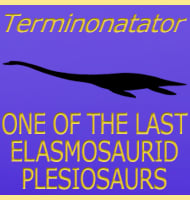Fresnosaurus
In Depth Fresnosaurus was a late Cretaceous era elasmosaurid plesiosaur that seems to have the signature feature of this group of a very long neck proportionately greater than in earlier and more primitive plesiosaur forms. Like with these other genera, Fresnosaurus was probably a specialist hunter of fish and soft bodied cephalopods like squid. Fresnosaurus … Read more
